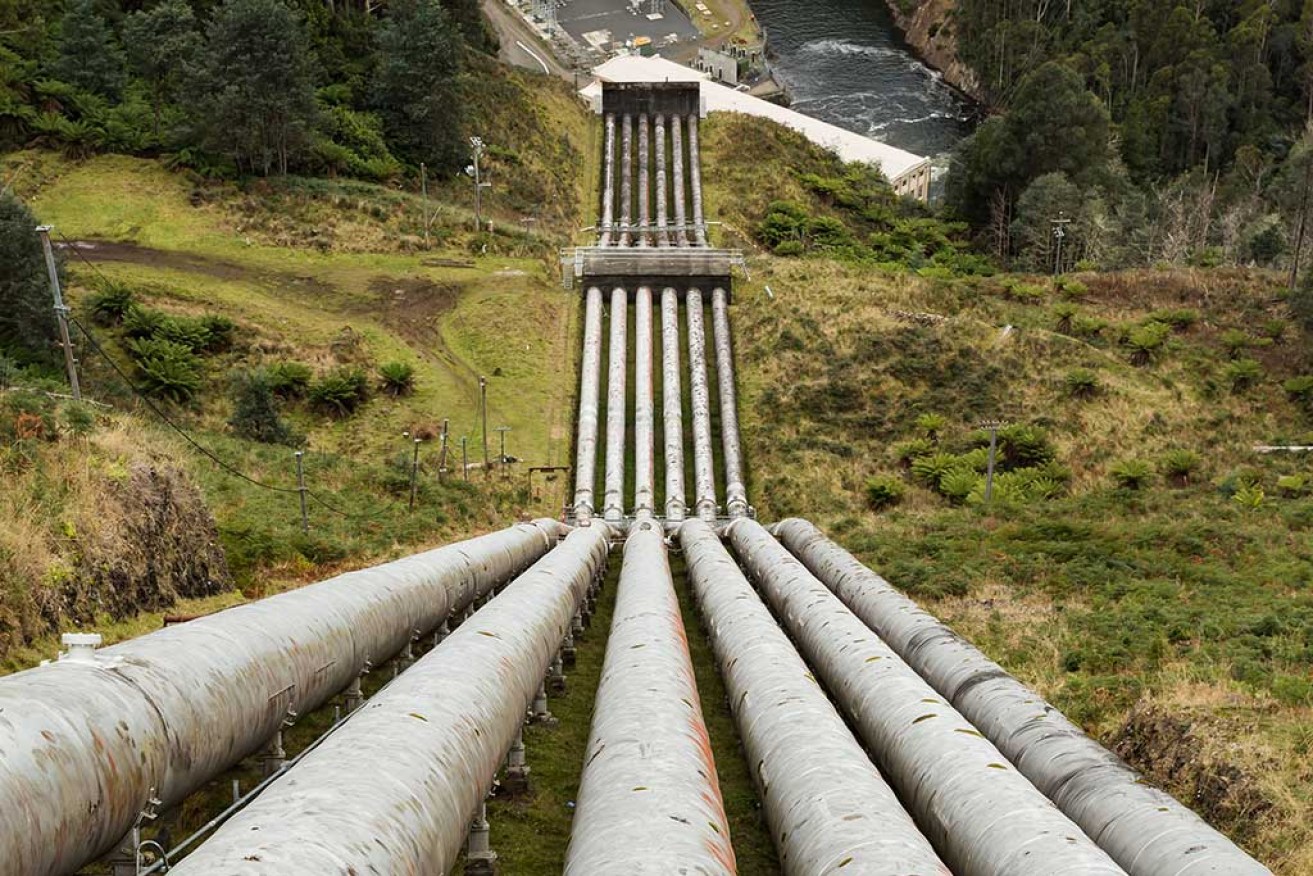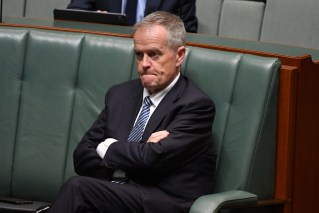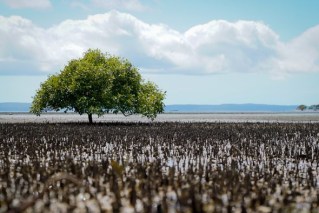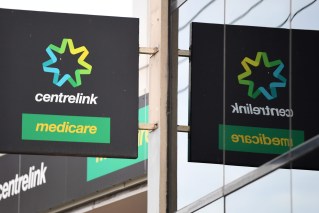Hot air hydro: Energy plan showpiece already no certainty
The State Government is already preparing contingencies for one of its planned pumped hydro projects if it is unable to proceed.


The Government is already looking for pumped hydro contingencies
The Pioneer-Burdekin project, west of Mackay, was touted as the biggest pumped hydro project in the world when Premier Annastacia Palaszczuk announced the proposed development on Wednesday, but engineering and environmental studies had not yet been completed on the scheme.
On Thursday, the Government took its campaign to Mackay to drum up local support and said a new government-owned corporation, Queensland Hydro, would conduct further studies and deliver a detailed assessment for the project in 2024.
“Queensland Hydro would also continue to investigate other large-scale, long duration pumped hydro sites in the event the project was unable to proceed,” the Government said.
Industry sources suggest there were significant environmental and technical issues with both the Pioneer and the Borumba projects and the Government has already flagged the need for offsets for Borumba.
There were also concerns in Mackay about the Pioneer-Buderkin impacts and the Government has revealed there would be some resumptions of homes in the footprint of the dam project.
Rod Welford who held portfolios in Natural Resources and Environment in previous Labor governments said the energy plan announced yesterday was bold, but there was certainly devil in the logistical details.
“There will be environmental issues that arise,” he said.
He also said there was a need to address efficiencies because it would address the scale of the investment needed.
“The second issue is to manage the risk of a Snowy Hydro scenario – cost blow outs,” he said.
“The great benefit of renewables is that once the capital cost of generation is covered, the ongoing cost of generation (sun and wind) is near zero.
“That’s why Queensland householders are investing in rooftop solar systems in their thousands. So the rollout of centralised infrastructure needs to be carefully budgeted for and managed so as not to squander that cost advantage of renewables.
“In this environment, localised, distributed energy systems tend to be more cost effective than large centralised infrastructure. Centralised systems can be a real ‘cost trap’ if one is not careful.”












